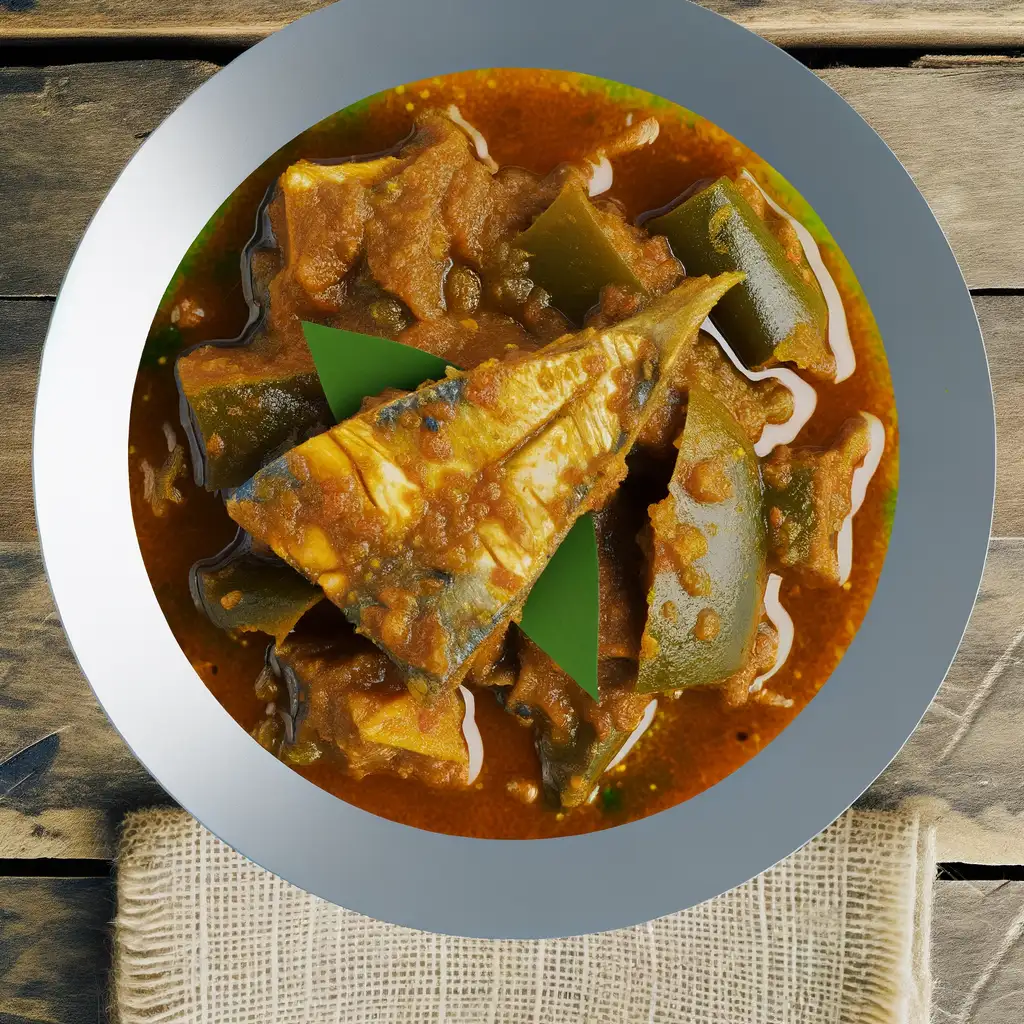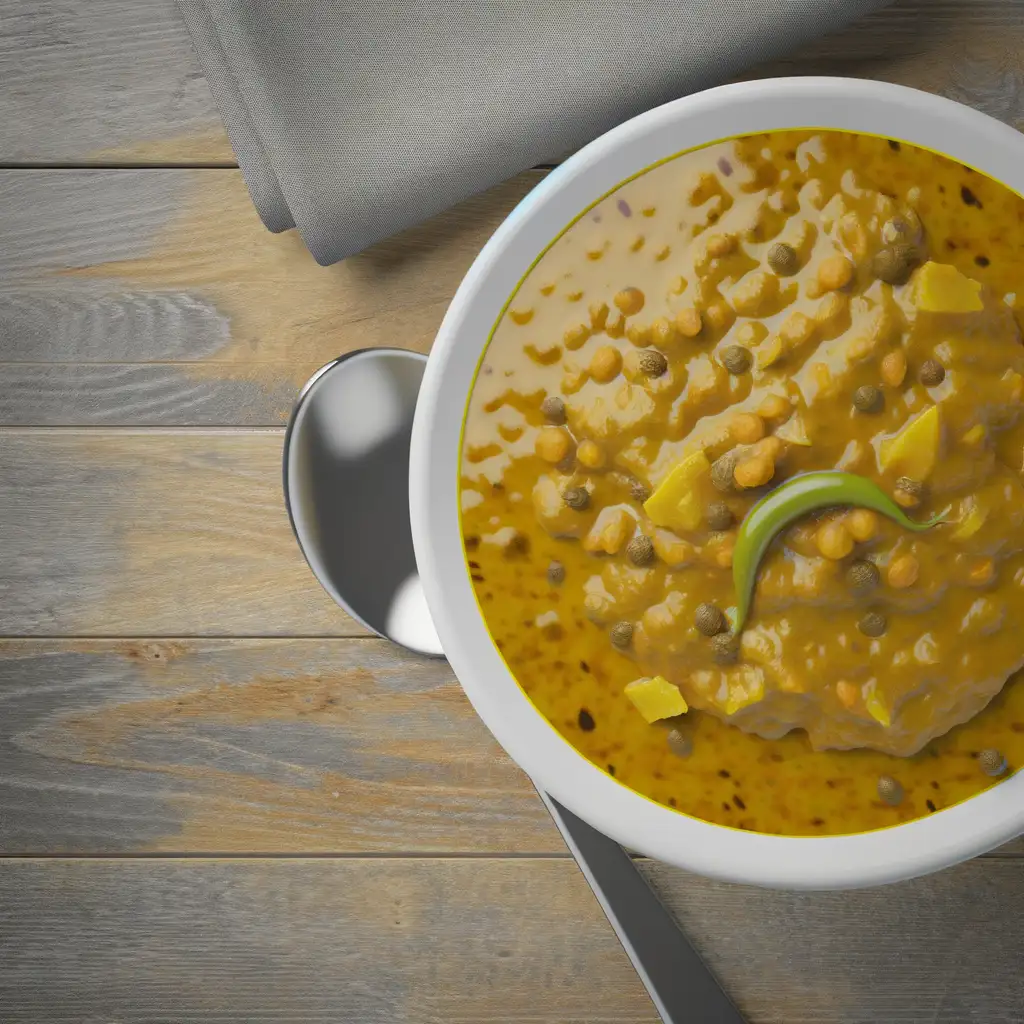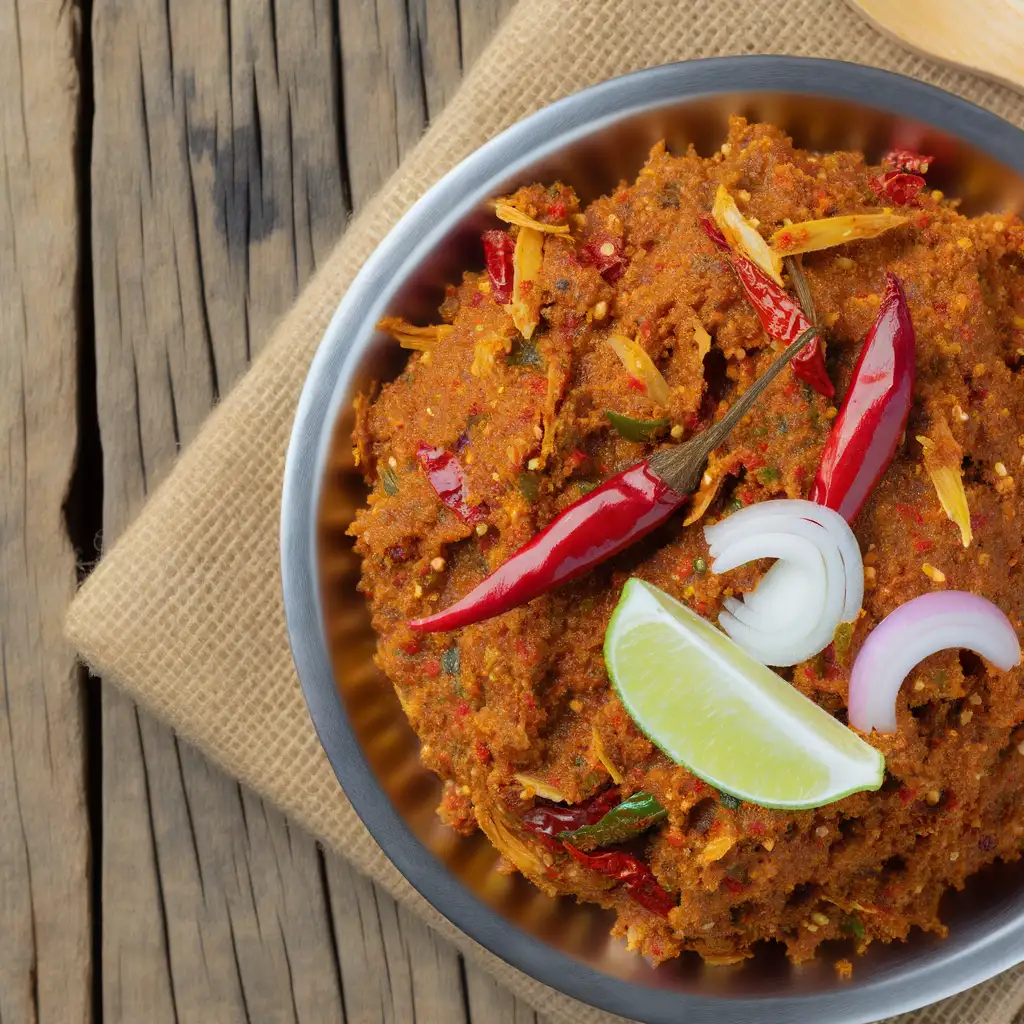



If you find yourself wandering through Sri Lanka,Kandy Four Gravets is one of those places that wraps you in a warm,timeless embrace. It’s not just a city; it’s a living mosaic of culture and history,where the hum of daily life blends effortlessly with the whispers of ancient traditions. As you stroll along its bustling streets,you’ll catch the scent of fresh jasmine and spices mingling with the earthy aroma of rain-soaked earth,a reminder of the lush hills that cradle the city. The vibe here is both vibrant and serene. You’ll hear the rhythmic chants from the nearby temples,the chatter of locals bargaining in colorful markets,and the occasional clatter of tuk-tuks weaving through narrow lanes. The city pulses with a unique energy—rooted in its deep Buddhist heritage yet alive with the laughter of children playing by the lake and the clinking of tea cups in cozy cafés. What makes Kandy Four Gravets truly special is its blend of old and new. You can explore the sacred Temple of the Tooth,feeling the weight of centuries in the air,then wander into a lively street market where vendors offer everything from sweet jaggery to spicy street food that tingles your taste buds. It’s a place where every corner tells a story,and every moment invites you to slow down,breathe in the richness of life,and savor the simple joy of being somewhere that feels both familiar and wonderfully different.
The information on this page is currently being reviewed by Tripkliq and should be used as a guide only
Eng word: Hello
Eng pronunciation: Hello
Local language: හෙලෝ
Eng word: Goodbye
Eng pronunciation: Goodbye
Local language: ගුඩ්බයි
Eng word: Thank you
Eng pronunciation: Sthoo-thi-yi
Local language: ස්තුතියි
Eng word: How much
Eng pronunciation: Ki-ya-la-da
Local language: කියලද
Eng word: Toilet
Eng pronunciation: Vae-si-ki-li-ya
Local language: වැසිකිළිය
Eng word: Help me
Eng pronunciation: Ma-ta oo-da-vu ka-ran-na
Local language: මට උදව් කරන්න
Eng word: Yes
Eng pronunciation: Ow
Local language: ඔව්
Eng word: No
Eng pronunciation: Nae-hae
Local language: නැහැ
Eng word: Excuse me
Eng pronunciation: Ma-ta sa-maa-ven-na
Local language: මට සමාවෙන්න
The Temple of the Tooth Relic, or Sri Dalada Maligawa, is one of the most sacred Buddhist sites in the world. It houses a tooth relic of Lord Buddha and attracts pilgrims and tourists from around the globe.
Kandy Lake, also known as Kiri Muhuda or the Sea of Milk, was constructed in 1807 by King Sri Wickrama Rajasinghe. It is a beautiful and serene spot in the heart of the city, perfect for a leisurely stroll.
The Royal Palace of Kandy was the residence of the Sinhalese monarchy until the British took over in 1815. The palace complex includes the Temple of the Tooth and several other historical buildings.
Established in 1821, the Peradeniya Botanical Gardens are renowned for their extensive collection of orchids, spices, medicinal plants, and palm trees. It is a must-visit for nature enthusiasts.
The Kandy Esala Perahera is one of the oldest and grandest Buddhist festivals in Sri Lanka. Held annually in July or August, it features a series of traditional dances, fire performances, and beautifully decorated elephants.
Built in 1344, the Gadaladeniya Temple is an ancient Buddhist temple known for its stunning Dravidian architecture and intricate stone carvings. It offers a glimpse into the island's rich cultural heritage.
Lankatilaka Vihara is a magnificent rock temple built in the 14th century. It is famous for its unique architectural style, combining elements of Sinhalese, Dravidian, and Indo-Chinese design.
Embekke Devalaya is a temple dedicated to the deity Kataragama. It is renowned for its exquisite wood carvings, which are considered some of the finest examples of Sri Lankan craftsmanship.
The Bahirawakanda Vihara Buddha Statue is a giant statue of Lord Buddha located on a hilltop overlooking Kandy. It offers panoramic views of the city and is a popular spot for both tourists and locals.
In Kandy Four Gravets, the most common Power Adaptor is Type G.


A popular street food made from chopped roti mixed with vegetables, eggs, and a choice of meat, all stir-fried on a hot griddle.
.webp)
A bowl-shaped pancake made from fermented rice flour and coconut milk, often served with a variety of toppings like egg, honey, or sambol.

A sour fish curry made with a blend of spices and goraka (a sour fruit), typically served with rice.

A staple dish made from lentils cooked with spices, coconut milk, and sometimes vegetables, served as a side with rice or roti.

A spicy coconut relish made from grated coconut, red chili powder, onion, and lime juice, often served as a condiment with rice or hoppers.
.webp)
Steamed rice noodle cakes served with curry or coconut milk, often enjoyed for breakfast or dinner.

A traditional Sri Lankan dessert made from coconut milk, jaggery, eggs, and spices, resembling a rich pudding.
If you step into Colombo District,you immediately feel the pulse of a city that’s both vibrant and laid-back,where old-world charm meets modern hustle. Imagine walking along bustling streets lined with colonial-era buildings,their faded facades telling stories of a rich past,while sleek glass towers rise nearby,reflecting the tropical sun. The air carries a mix of scents—spices from street food stalls,salty sea breeze from the nearby coast,and the faint aroma of jasmine from roadside vendors. It’s a place where the sounds of honking tuk-tuks blend with the call to prayer and the laughter of children playing in small parks.
Colombo’s character is a beautiful mosaic of cultures. You’ll find Buddhist temples nestled beside mosques and churches,and markets where Tamil,Sinhalese,and Muslim communities come together in a colorful dance of languages and traditions. The city’s food scene is a feast for the senses—imagine biting into a crispy hopper drizzled with coconut sambol or sipping on a strong,sweet Ceylon tea while watching the sunset over Galle Face Green,where locals fly kites and families gather to unwind.
What makes Colombo truly special is its warmth. Despite the city’s fast pace,there’s a genuine friendliness in the smiles of shopkeepers and the inviting chatter in cafés. It’s a place where you can lose yourself in vibrant street art one moment and find quiet reflection in a serene temple garden the next. Colombo isn’t just a destination; it’s an experience that stays with you long after you leave.
If you ever find yourself wandering through Sri Lanka,Galle is one place that wraps you in a warm,timeless embrace. The moment you step inside the old fort walls,you’re transported to a world where colonial history meets vibrant local life. The cobblestone streets echo with the chatter of friendly vendors and the distant call of the ocean,while the salty breeze carries the scent of fresh seafood mingled with tropical flowers. It’s a place where time slows down just enough for you to savor every detail.
Walking along the ramparts,you can’t help but pause and watch the waves crash against the ancient stone walls,the sun casting golden hues over the harbor. The city’s character is a beautiful blend of Dutch,Portuguese,and British influences,yet it pulses with the energy of Sri Lankan culture—colorful markets,aromatic spices,and the hum of tuk-tuks weaving through narrow lanes. Stop by a cozy café and sip on a cup of strong Ceylon tea while nibbling on a warm,flaky pastry,and you’ll feel the city’s soul seep into you.
What makes Galle truly special is how it balances history with everyday life. Locals gather in small shops,artists display their vibrant paintings,and children play cricket in the streets. It’s not just a place to see but a place to feel—where every corner invites you to slow down,explore,and connect. Trust me,Galle isn’t just a stop on your trip; it’s a memory you’ll carry long after you leave.
If you ever find yourself in Sri Lanka,you absolutely have to spend some time in Negombo. The moment you arrive,there’s this laid-back coastal rhythm that wraps around you like a warm breeze. It’s a place where the ocean’s salty tang mingles with the scent of fresh spices from the bustling markets,and the chatter of fishermen mending their nets creates a soundtrack that feels both timeless and alive. Walking along the beach at sunset,you’ll see colorful fishing boats bobbing gently on the water,their bright hues reflecting the fiery sky.
Negombo’s charm lies in its blend of old and new. The city wears its history proudly,with colonial-era churches standing tall alongside vibrant street markets where vendors call out,selling everything from tropical fruits to freshly grilled seafood. The aroma of sizzling prawns and coconut-infused curries drifts through the air,tempting you to stop and savor the local flavors. It’s a place where you can sip a cup of strong,sweet Ceylon tea while watching the world go by,or dive into a plate of spicy crab that’s been caught just hours before.
What really makes Negombo special,though,is its people. Warm,welcoming,and full of stories,they add a genuine heart to the city’s character. Whether you’re wandering through the fish market at dawn or exploring the quiet canals that earned it the nickname “Little Venice,” you’ll feel like you’re stepping into a living,breathing story. Negombo isn’t just a stopover; it’s a place that invites you to slow down,breathe deeply,and soak in the simple,beautiful pulse of Sri Lankan coastal life.
If you ever find yourself craving a place where the ocean feels endless and the air hums with a gentle,salty breeze,Trincomalee is where you want to be. This coastal town in Sri Lanka has this laid-back charm that instantly slows your pace. Imagine waking up to the soft lapping of waves against golden shores,the sun casting a warm glow over turquoise waters so clear you can spot colorful fish darting beneath the surface. It’s the kind of place where mornings start with the scent of fresh seafood grilling nearby and the distant call of fishermen heading out to sea.
Trincomalee’s character is a beautiful blend of history and culture. The ancient Koneswaram Temple perched on a cliff offers not just spiritual calm but breathtaking views that make you pause and breathe it all in. Walking through the town,you’ll hear a mix of Tamil and Sinhala chatter,the clatter of markets bursting with tropical fruits,and the occasional rhythm of traditional drums. The local food scene is a vibrant adventure—think spicy crab curries,tangy sambols,and sweet,creamy king coconut water that refreshes you like nothing else.
What really stays with you is the genuine warmth of the people and the way the town feels alive yet unhurried. Whether you’re snorkeling in Pigeon Island’s coral gardens or simply watching the sunset paint the sky in fiery hues,Trincomalee invites you to slow down,soak up its rhythms,and leave with a heart full of stories.
If you ever find yourself craving a place where history hums softly beneath the warm sun and the air carries the scent of salty sea breeze mixed with fragrant spices,Jaffna District in Sri Lanka is where you should go. The moment you step into Jaffna,there’s this gentle rhythm to life — a blend of old-world charm and vibrant local energy that feels both peaceful and alive. The streets buzz with colorful markets where vendors call out,selling everything from fiery red chilies to freshly caught seafood,while the aroma of roasting curry leaves and coconut fills the air.
What really makes Jaffna stand out is its rich Tamil culture,which you can see in the intricate carvings of ancient temples and taste in the unique flavors of Jaffna cuisine — think tangy crab curry,crispy hopper pancakes,and sweet,milky Jaffna-style tea that warms you from the inside out. The people here are incredibly welcoming,their smiles genuine,and their stories woven into the fabric of the city’s character.
Beyond the city,the landscape unfolds into serene lagoons and sun-drenched beaches where the turquoise water laps gently against the shore. It’s a place where time slows down just enough for you to soak in the vibrant colors of a sunset or the quiet hum of a temple bell. Visiting Jaffna feels like stepping into a living story — one that invites you to explore,taste,and connect with a culture that’s both ancient and wonderfully alive.
If you ever find yourself wandering through Sri Lanka,Matara District is one of those places that wraps you in a warm,laid-back embrace the moment you arrive. It’s not just a spot on the map—it’s a vibrant tapestry of life where the ocean breeze carries the scent of salt and spices,and the rhythm of daily life feels both timeless and alive. Picture fishing boats bobbing gently in the harbor,their colorful hulls reflecting the golden sunlight,while nearby,the chatter of locals blends with the distant call of temple bells.
Walking through Matara town,you’ll notice the mix of old colonial architecture standing shoulder to shoulder with bustling markets where fresh tropical fruits and fragrant street food stalls invite you to taste the local flavors. The air is thick with the aroma of coconut and curry,and if you’re lucky,you might catch the sizzle of fresh seafood grilling right in front of you. The people here have a genuine warmth,always ready with a smile or a story about their rich cultural heritage.
What really makes Matara special is how it balances the pulse of everyday life with moments of serene beauty. From the peaceful shores of Polhena Beach,where the water is calm enough to float effortlessly,to the ancient fort standing guard over the town,there’s a sense of history and nature coexisting in harmony. It’s a place where you can slow down,breathe deeply,and feel connected—not just to the place,but to the simple joys of being present.
Tourists may be offered unfavorable exchange rates or counterfeit currency when exchanging money at unofficial locations.
Scammers may approach tourists claiming to collect money for local charities or orphanages, but the funds are often pocketed by the scammers.
Individuals may approach tourists claiming to be official guides and offer tours at inflated prices, often providing little value or misleading information.
Tourists may be lured into shops claiming to sell high-quality gems at discounted prices, but the gems are often fake or overpriced.
Tuk-tuk drivers may overcharge tourists, especially if they are unfamiliar with local rates. Some may also take longer routes to increase the fare.
Street vendors may inflate prices for souvenirs, snacks, or other items when selling to tourists, especially if they appear unfamiliar with local costs.
Scammers may pose as temple staff and ask tourists for mandatory donations or entrance fees, even for temples that are free to enter.
Some drivers may offer taxi services without proper licensing, charging exorbitant rates or providing unsafe transportation.
The possession, use, and trafficking of illegal drugs are strictly prohibited in Sri Lanka, including Kandy Four Gravets. The country has stringent anti-drug laws, and violations can result in severe penalties, including long prison sentences and heavy fines. Tourists should avoid any involvement with illegal drugs to avoid legal complications.
In Kandy Four Gravets, Sri Lanka, smoking is regulated under the National Authority on Tobacco and Alcohol Act. Smoking is prohibited in public places such as hospitals, schools, public transport, and government buildings. There are designated smoking areas in some public places, but it is advisable to look for signs or ask locals to avoid fines.
Vaping is subject to similar regulations as smoking in Kandy Four Gravets. The use of e-cigarettes is not explicitly banned, but it is generally treated with the same restrictions as traditional smoking. Vaping in public places where smoking is prohibited can result in fines or penalties.
What are other people saying about Kandy Four Gravets?
Recent Social posts about Kandy Four Gravets
There is nothing to show you for now.